Linking to create new livelihoods
Implementing the National Target Program on Sustainable Poverty Reduction for the 2021-2025 period, An Giang province identifies cooperative economy as one of the important pillars to help farmers escape poverty, increase income and gradually get rich on their homeland.
After the merger, the whole An Giang province has nearly 800 agricultural cooperatives, a number that shows the strong resilience of the cooperative economy in the process of modernizing rural agriculture. The rate of cooperatives operating well and fairly increases every year. In particular, many production and consumption linkage models between cooperatives and enterprises bring about clear results, creating a foundation for sustainable new rural development.
Kenh 10 Agricultural Production and Service Cooperative invested in banana silk production machines and built silk drying greenhouses, creating jobs for many local workers. Photo: Trung Chanh.
As the leading role, the An Giang Provincial Cooperative Union has proactively proposed policies, promoted the dissemination of the Law on Cooperatives, introduced new cooperative models and supported the establishment of cooperatives in accordance with actual needs. Training and coaching activities are organized continuously every year, in coordination with Vocational Colleges in the region to improve management skills, finance, contract signing and value chain building. Many intermediate cooperative accounting classes have been opened to solve the "bottleneck" of human resources, helping cooperatives to be financially transparent and increase their reputation with businesses and banks.
The An Giang Province Cooperative Union is also a "credit bridge", introducing cooperatives to access capital sources of tens of billions of VND to invest in machinery, warehouses, and production lines. Particularly, poverty reduction support projects according to the value chain are implemented directly to poor and near-poor households who are cooperative members. A typical example is the crop production model in U Minh Thuong commune (Minh Thuan commune, U Minh Thuong district, former Kien Giang province), where 11 poor households were supported with machinery, materials, and technical training worth hundreds of millions of VND. Thanks to being guided on how to use tools and manage production properly, many households have escaped poverty and confidently expanded their scale.
Kenh 10 Agricultural Production and Service Cooperative is one of the bright spots in the process of transforming the cooperative economic model in U Minh Thuong commune (An Giang province). Realizing the advantage of the "banana kingdom" of the buffer zone of U Minh Thuong National Park, with an area of over 3,500 hectares specializing in banana cultivation, Kenh 10 Cooperative has boldly invested hundreds of millions of VND in banana stem processing lines: from splitters, fiber separator machines, leaf presses, silk spinning machines and banana silk drying greenhouses.
U Minh Thuong Commune has thousands of hectares of banana plantations. The investment of the Channel 10 Cooperative in banana fiber production machines helps farmers earn more income from selling banana stems and creates jobs for local workers. Photo: Trung Chanh
Ms. Tran Thi Vy, Director of the Cooperative, said: “Previously, people planted bananas only to harvest the fruit, and the tree trunks were cut down in the garden. From this discarded material, the Cooperative pressed and separated the silk fibers. For every 100kg of fresh banana trunks, 8kg of dried banana silk will be produced. This is a natural, environmentally friendly silk, so it is favored by the European handicraft market.”
With a thorough investment, the Kenh 10 Agricultural Production and Service Cooperative has signed a contract to supply banana silk to businesses exporting to Europe, opening a sustainable chain of links between businesses and the Cooperative with farmers right in the locality. Thanks to that, dozens of local workers have stable jobs, banana farmers are confident in investing in production because they have more income from selling banana stems, which were previously discarded.
Mango value chain helps reduce poverty
Hoa Loc Hon Dat Mango Cooperative is considered the leader in developing the garden economy, contributing to sustainable poverty reduction in the coastal alluvial land of Hon Dat commune (An Giang province). Established in 2018, the Cooperative is headquartered in Hon Me hamlet (Tho Son commune, Hon Dat district, former Kien Giang province) with 13 members, a total area of 21 hectares specializing in growing Hoa Loc mango.
Production linkage in the mango value chain of Hoa Loc Hon Dat Mango Cooperative helps many members feel secure in investing and have stable income. Photo: Trung Chanh.
Mr. Nguyen Thanh Do, Director of Hoa Loc Hon Dat Mango Cooperative, said that since its inception, the cooperative has built a value chain linkage model with agricultural material suppliers and purchasing and processing enterprises. According to the linkage method, the cooperative organizes two main services: input support such as fertilizers, pesticides, fruit wrapping tools, etc. and output consumption. This method helps farmers buy materials at reasonable prices, have a stable place to sell, and the cooperative has a source of funding to maintain service activities.
In Hon Dat commune, there are currently hundreds of hectares specializing in growing mangoes, in which Hoa Loc Hon Dat Mango Cooperative is the core in building specialized growing areas, which are granted growing area codes for export. The cultivation process is standardized from fertilization, use of biological pesticides, fruit packaging to harvesting, and traceability, helping mangoes meet the requirements of quality and food safety.
From there, it creates a great advantage when negotiating with purchasing enterprises, supermarket systems and exporters. Currently, each year, the Cooperative cooperates to purchase about 12,000 tons of mangoes to sell to wholesale markets and supermarket systems, helping many households earn hundreds of millions of VND per year.
Mr. Cao Van Hung, a member of the Hoa Loc Hon Dat Mango Cooperative, said: "Mango trees are suitable for mountainous soil, producing two main crops each year, with an average yield of 5.5 - 6 tons/ha, bringing much higher value than many other crops, becoming a "poverty-relief tree" for the people of this mountainous region."
Hoa Loc Hon Dat Mango Cooperative not only links production, but also closely connects with social policy credit programs, helping many poor and near-poor households access preferential loans, invest in production, and create a stable source of income. Photo: Trung Chanh.
The production linkage model of Hoa Loc Hon Dat Mango Cooperative is closely linked to social policy credit programs. Many poor and near-poor households are provided preferential loans by the Social Policy Bank to invest in garden renovation, purchase materials, bag fruit, and handle off-season flowering. Thanks to participating in the production linkage chain, they have a "guaranteed ticket" for output and can confidently borrow capital to do business.
In fact, when farmers join together to do collective economic activities, small fields and gardens are gathered into large fields, supported with capital, technology and consumption, not only helping them escape poverty, but also helping them become rich. The sand mango gardens stretching along the mountain slopes in Hon Dat today not only bloom and bear fruit, bringing sweetness to life, but also producing "sweet fruit" to sustainably reduce poverty for the whole community.
Implementing the linkage chain, Cooperatives in An Giang have gradually transformed themselves from traditional service providers to production organizations, leading the linkage between businesses and farmers. From there, creating new-look poverty reduction fields: with unified technical processes, stable inputs, guaranteed outputs, and harmonious sharing of benefits.
Source: https://nongnghiepmoitruong.vn/lien-ket-phat-trien-tren-nhung-canh-dong-giam-ngheo-o-an-giang-d784781.html




![[Photo] President Luong Cuong receives President of the Senate of the Czech Republic Milos Vystrcil](/_next/image?url=https%3A%2F%2Fvphoto.vietnam.vn%2Fthumb%2F1200x675%2Fvietnam%2Fresource%2FIMAGE%2F2025%2F11%2F20%2F1763629737266_ndo_br_1-jpg.webp&w=3840&q=75)

![[Photo] National Assembly Chairman Tran Thanh Man holds talks with South Korean National Assembly Chairman Woo Won Shik](/_next/image?url=https%3A%2F%2Fvphoto.vietnam.vn%2Fthumb%2F1200x675%2Fvietnam%2Fresource%2FIMAGE%2F2025%2F11%2F20%2F1763629724919_hq-5175-jpg.webp&w=3840&q=75)
![[Photo] Lam Dong: Panoramic view of Lien Khuong waterfall rolling like never before](/_next/image?url=https%3A%2F%2Fvphoto.vietnam.vn%2Fthumb%2F1200x675%2Fvietnam%2Fresource%2FIMAGE%2F2025%2F11%2F20%2F1763633331783_lk7-jpg.webp&w=3840&q=75)
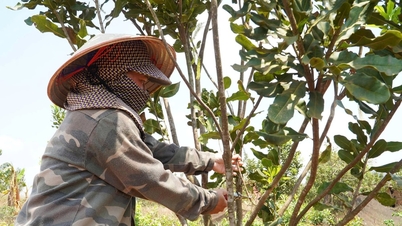

![Mastering knowledge to reduce poverty: [Lesson 3] Living healthy with dragon fruit](https://vphoto.vietnam.vn/thumb/402x226/vietnam/resource/IMAGE/2025/11/18/1763433780787_dsc09493-065032_269-094015.jpeg)

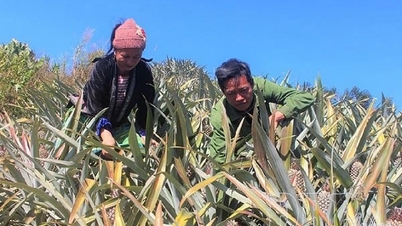

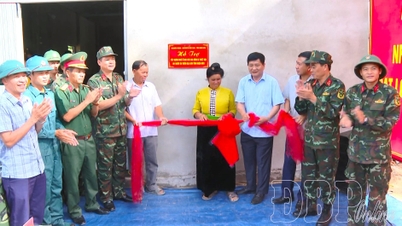
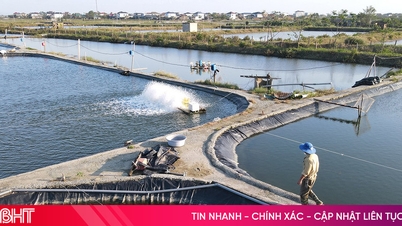

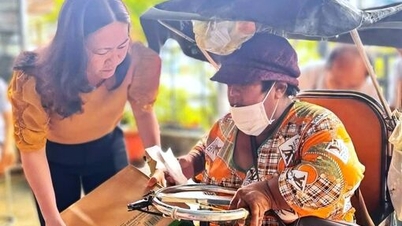



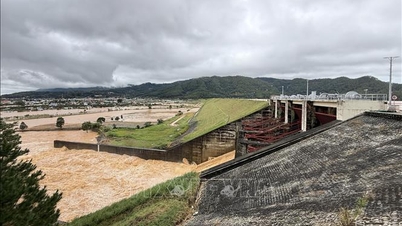

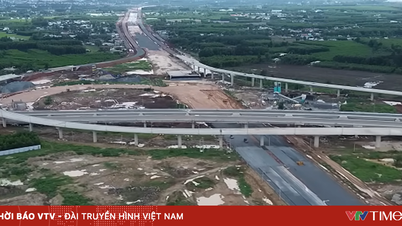

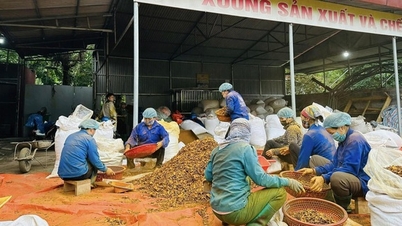

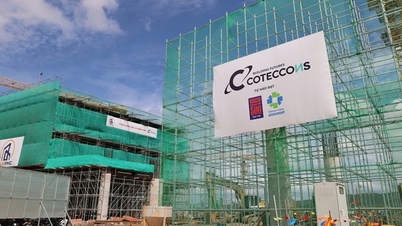






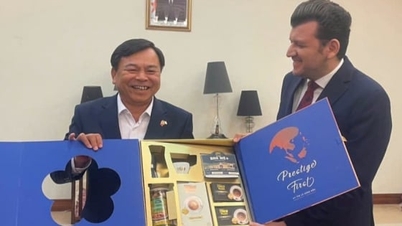
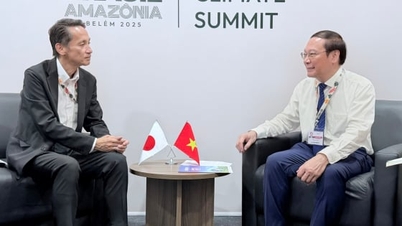
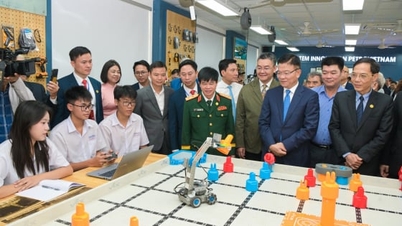

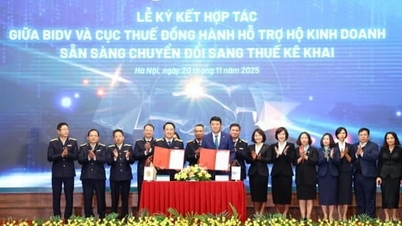






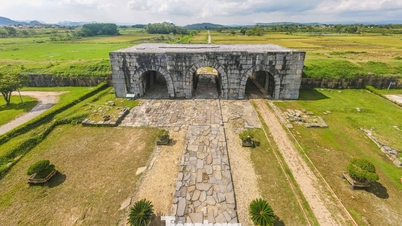

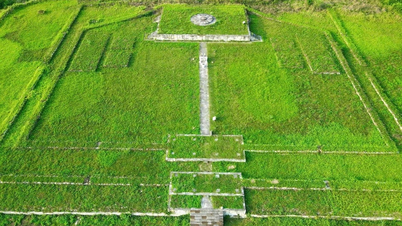






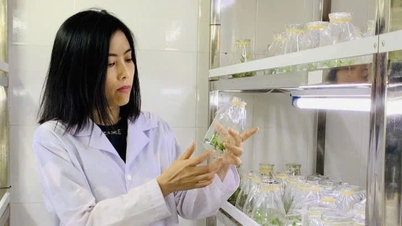





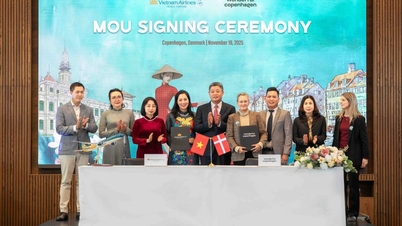





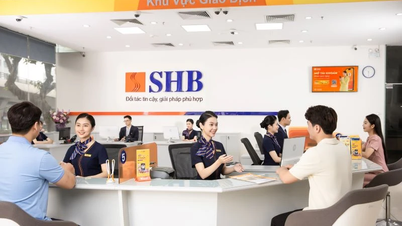









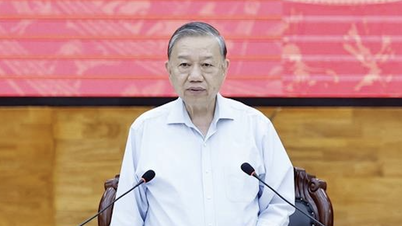


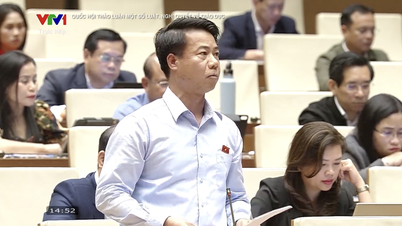






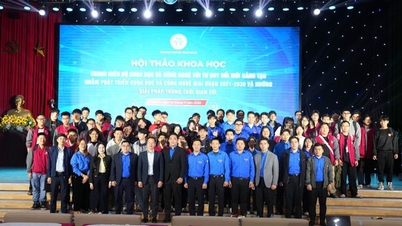

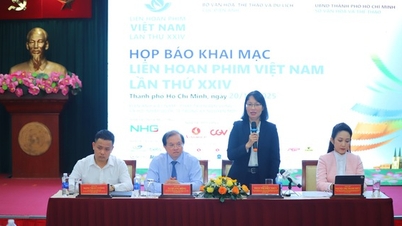


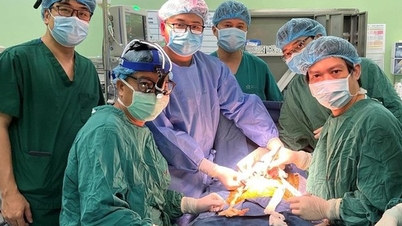

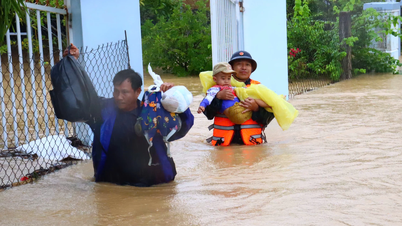


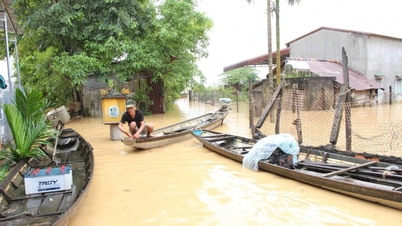

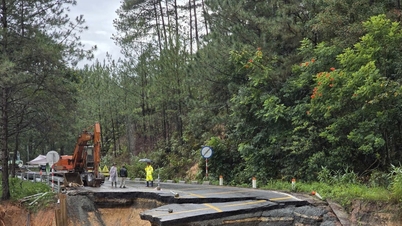





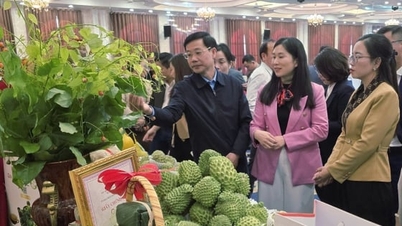







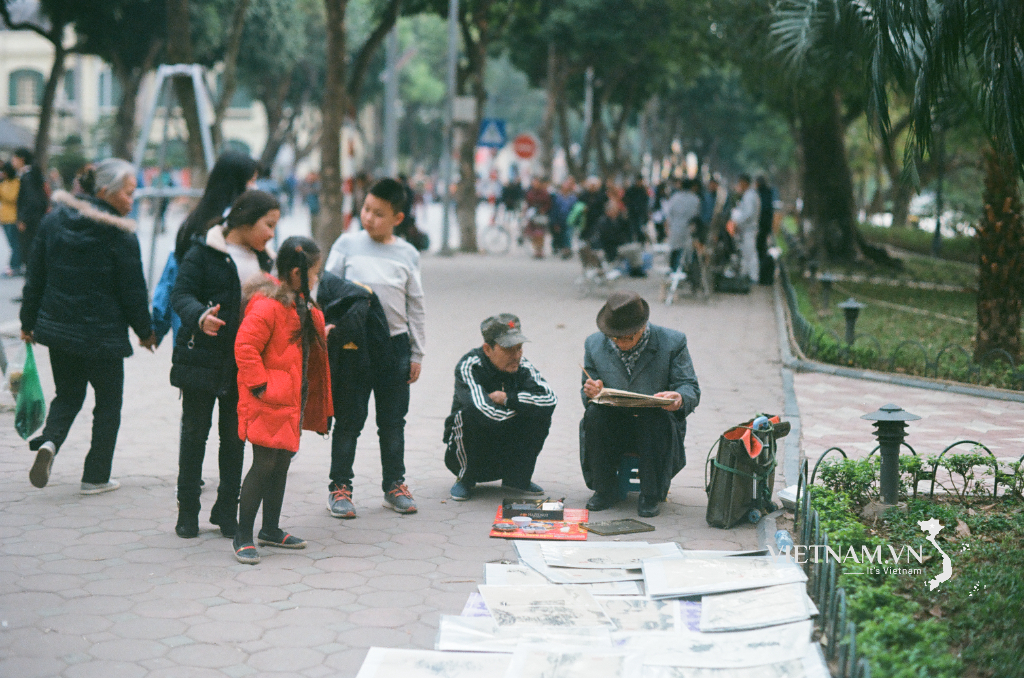



Comment (0)